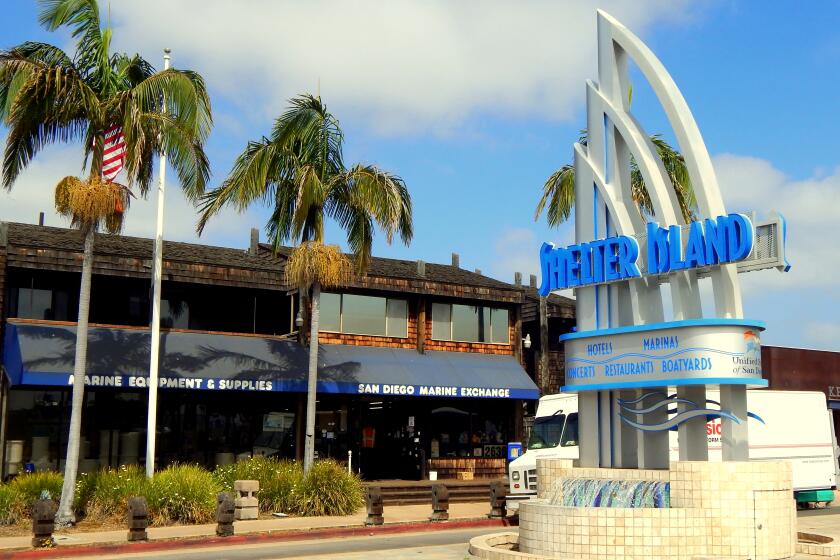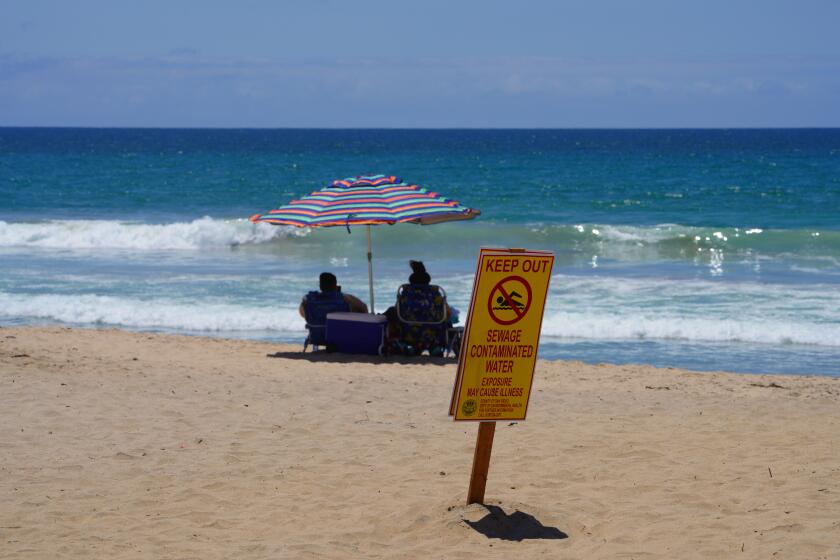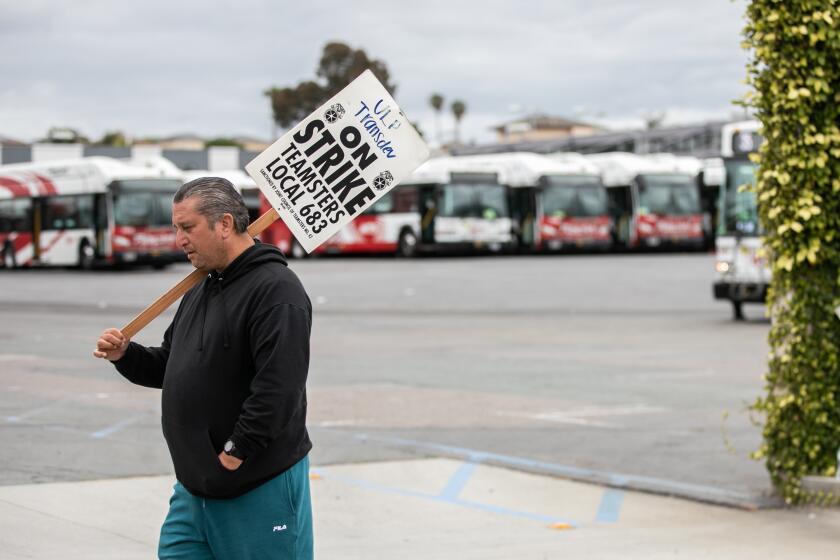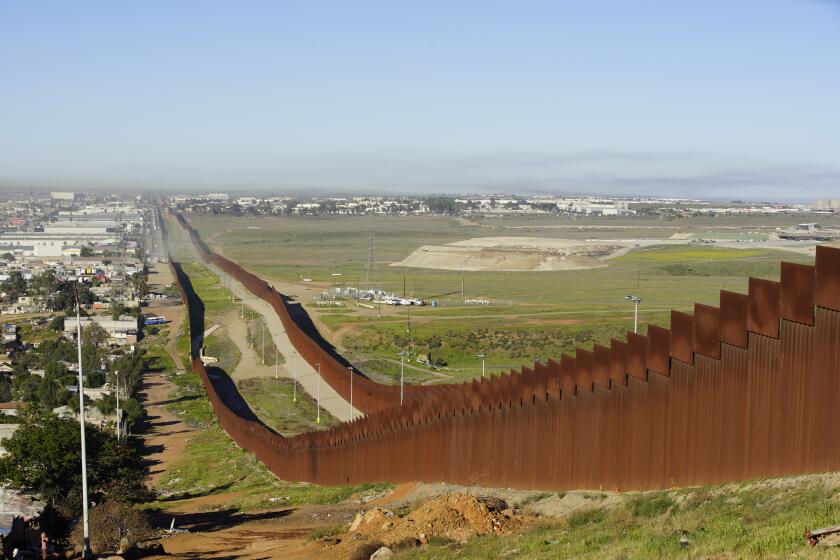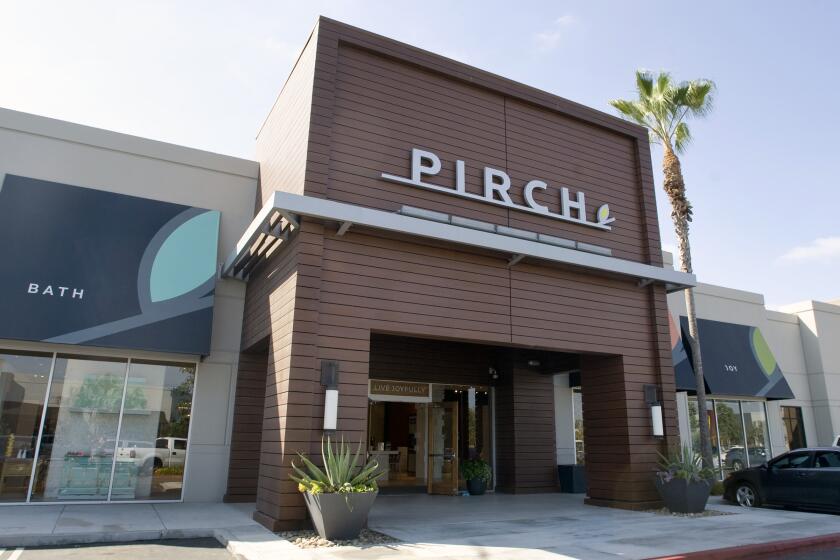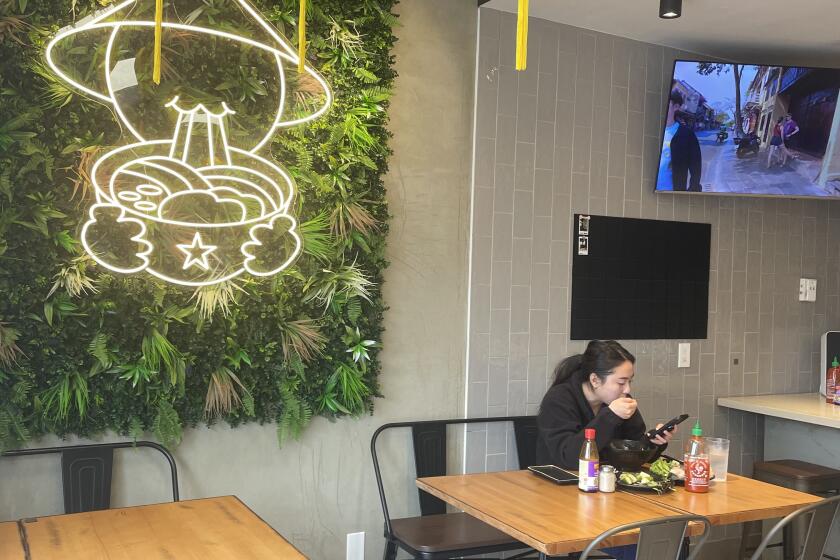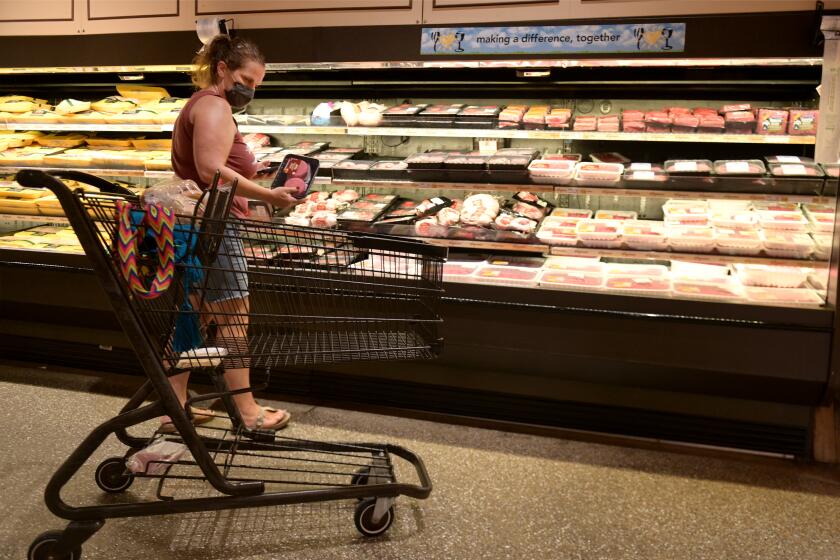San Diego public agencies estimated to lose billions in tax revenue as coronavirus cuts retail sales in half
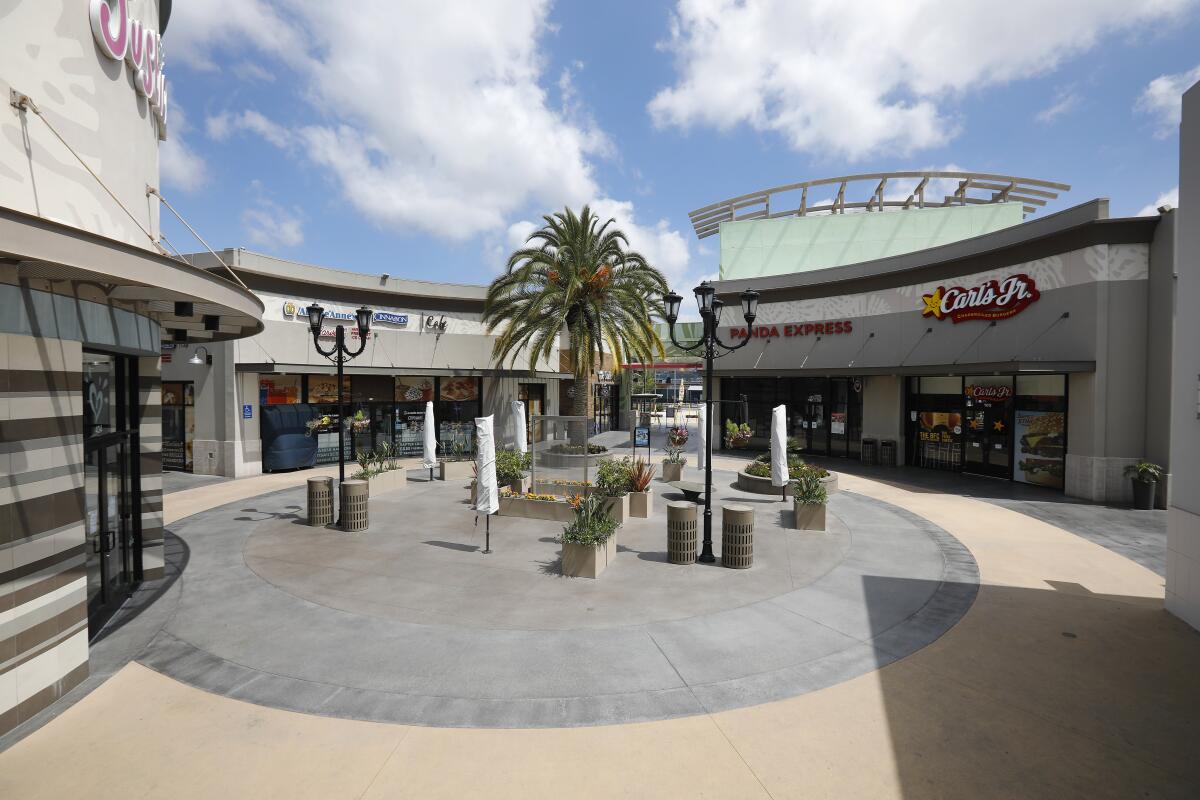
Auto dealership, restaurants, clothing stores and other businesses struggle to stay alive amid pandemic
Government services funded with sales-tax revenue could be hit hard as San Diegans continue to cut back on retail spending amid the coronavirus pandemic.
The region could lose more than $7 billion of roughly $60 billion in annual sales-tax revenue this year if the economic upheaval continues through the middle of May, according to a new report by the San Diego Association of Governments.
“We still don’t know how long this is going to last,” said SANDAG Executive Director Hasan Ikhrata. “We could go anywhere from a mild recession to a depression.”
All of the region’s 18 cities are now staring at sizable budget deficits. San Diego Mayor Kevin Faulconer tried to partially patch his city’s losses by furloughing 800 workers but rescinded the move after labor officials filed an official grievance.
SANDAG’s report — potentially the first in a series — is intended to help local governments plan for such tough budget decisions in coming months. The agency analyzed sales data by industry so that cities can try to anticipate just how hard they will be hit.

Specifically, cities that rely on tourism, hospitality or auto sales could be in for a tough year. All three industries are currently facing a 75 percent drop in sales.
This situation could be particularly troubling because city budgets have relied so heavily on taxing retail sales ever since voters approved Proposition 13 in 1978, which severely limited revenues from property tax, said Thad Kousser, chair of the political science department at UC San Diego.
“That’s why you’ve seen them competing for the Costco and car dealerships, and other retail dollars,” he said. “The nature of this crisis, this huge cut in everyday spending, its biggest effects are on business and workers, but downstream those local governments are going to hurt.”
It’s not just city governments. SANDAG relies almost exclusively on a half-cent sales tax, known as TransNet, to attract state and federal matching dollars and pay for the region’s large highway and rail projects. That revenue also helps to fund the region’s two public transit agencies, the San Diego Metropolitan Transit System and the North County Transit District.
SANDAG estimates it will lose about $50 million in sales-tax revenue if the economic disruption lasts until mid-May.
The bright spot in the local economy has been food markets and liquor stores, which have seen 30 percent and 20 percent bumps respectively in retail sales, according to the report. However, produce and most food items at grocery stores are exempt from sales tax.
The Trump administration has called for the economy to open back up in May, but that won’t necessarily happen unless state and local leaders are also on board.
“What I’m watching is the length of time that it takes to get back to work,” said Ray Major, SANDAG’s chief economist. “The longer it takes, the higher the probability that small businesses wouldn’t be able to come back out of it.”
Complicating the matter, residents could be forced to continue a modified form of social distancing as restrictions on movement are loosened slowly over coming months, Major said.
“What does the restaurant look like when they open up?” he asked. “Are the tables now 6 feet apart? It might be hard to be profitable if you have half the capacity you had previously.
“And you look at the fact that tourism is a big thing here in San Diego,” he added. “Are people going to be gun-shy for the next year? Does that impact local hotels and restaurants and tourist attractions?”
Get U-T Business in your inbox on Mondays
Get ready for your week with the week’s top business stories from San Diego and California, in your inbox Monday mornings.
You may occasionally receive promotional content from the San Diego Union-Tribune.

